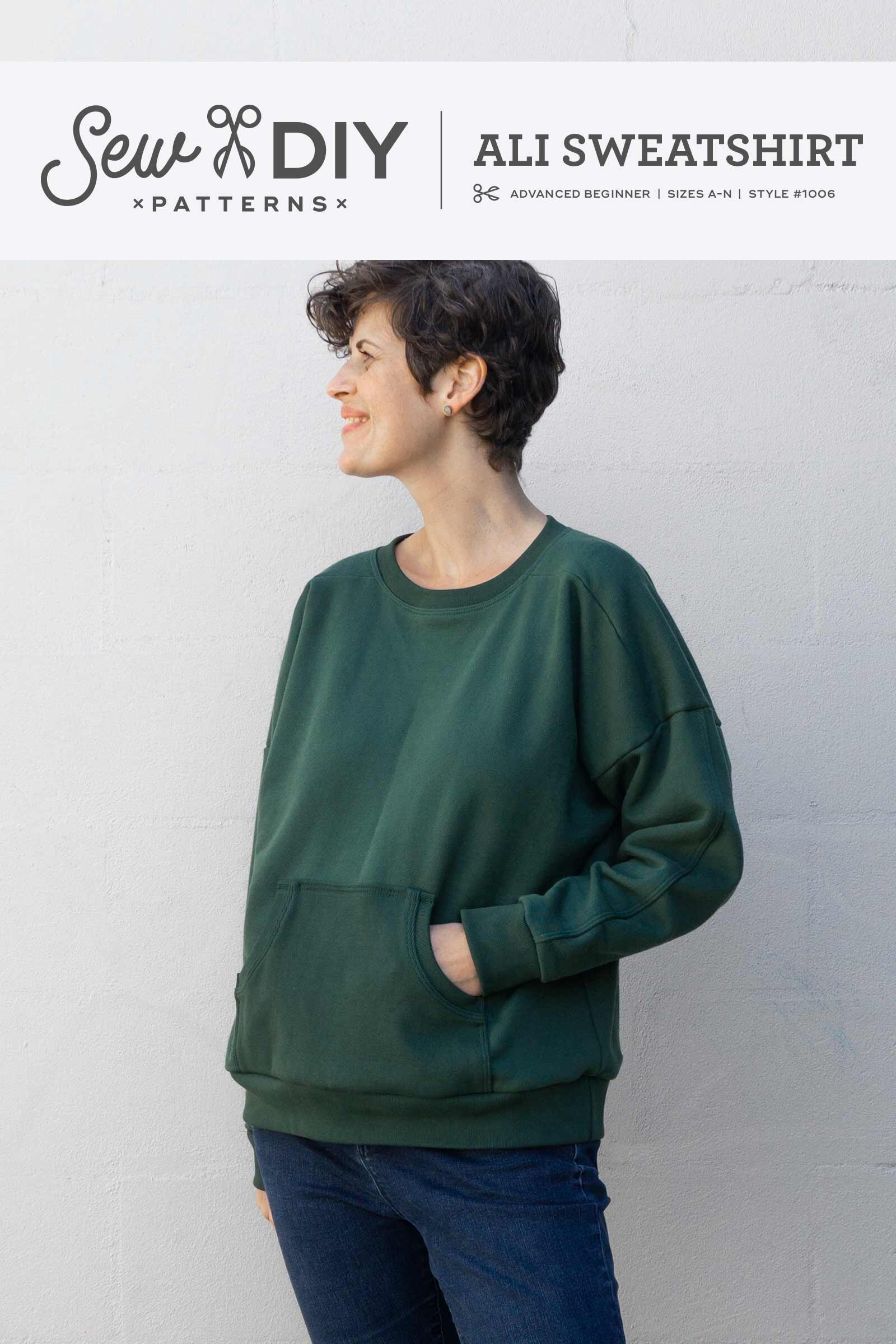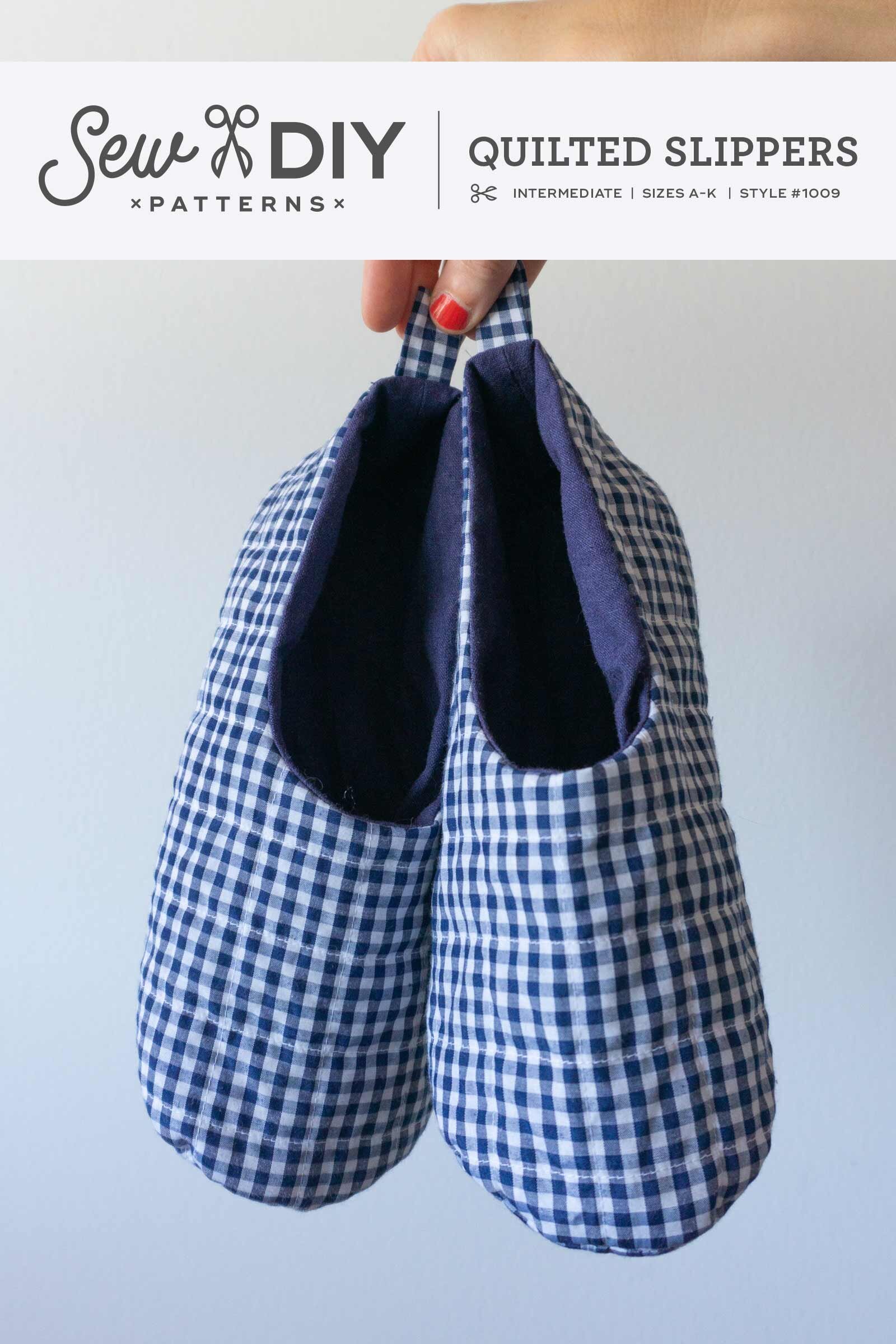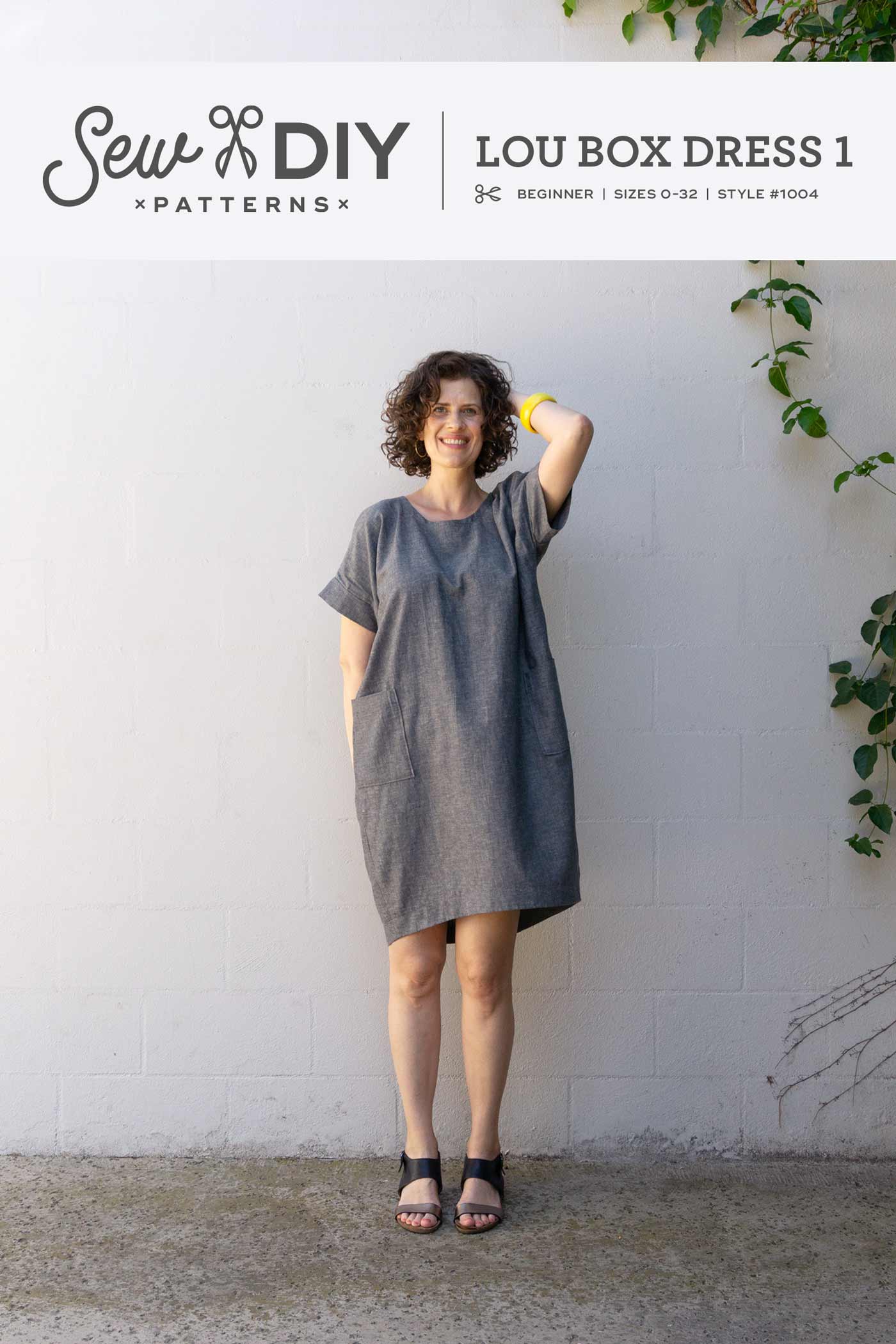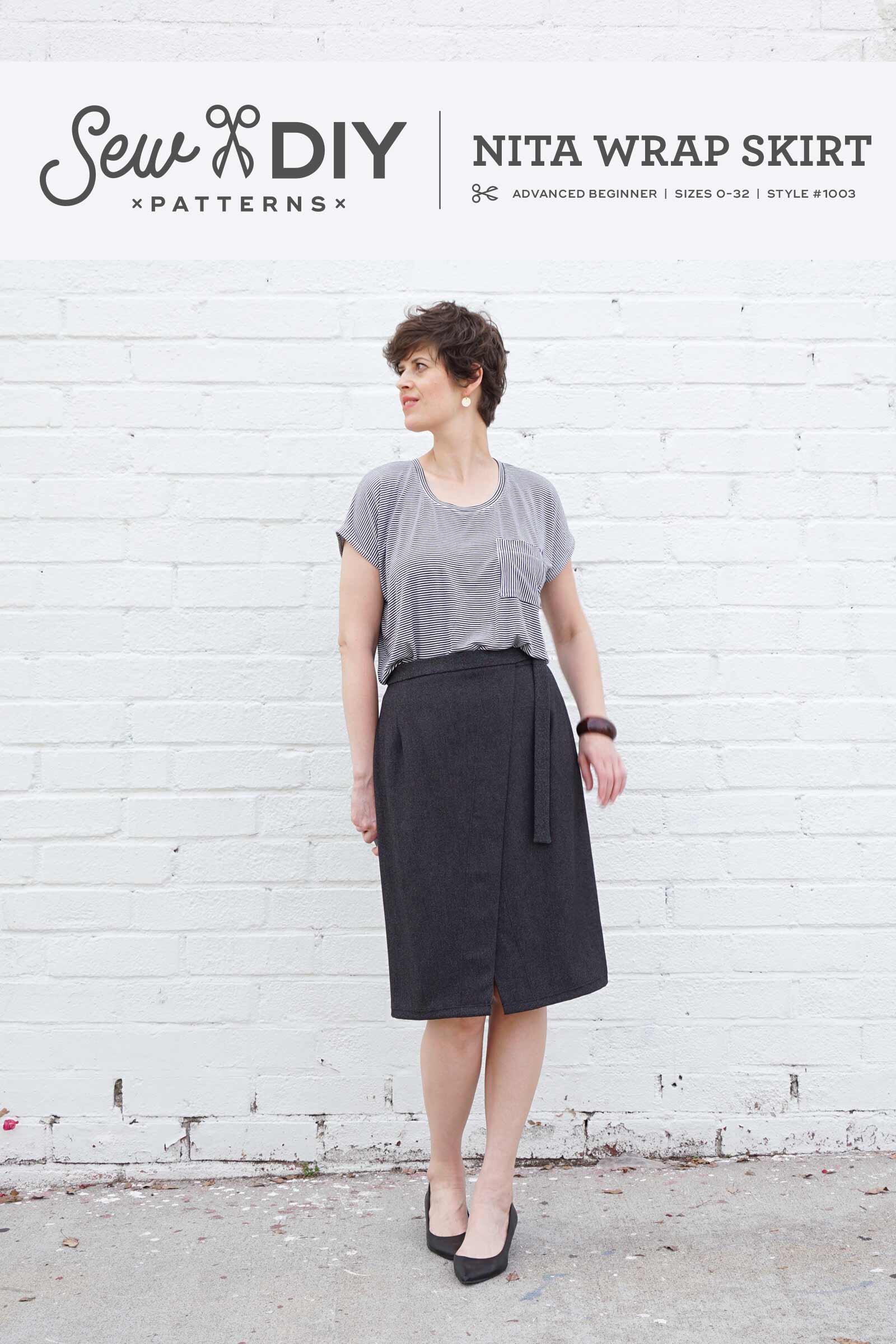Hello sew-friends! Today, I'm sharing my top eight tips for sewing shirring with elastic thread. Shirring creates a stretchy gathered fabric that fits closely to the body. It's often used in the torso, bust, back, waist, neckline and wrist areas of a pattern. There are lots of possibilities! You can actually buy fabric that is already shirred along one selvage but when you learn how to sew your own, you'll have a lot more design opportunities. Shirring has a big design impact and is a great way to create a fitted garment that's also really comfy.
To create shirring, elastic thread is loaded into the bobbin and regular thread is used in the needle. When you stitch with the right side up, the elastic thread will be hidden on the wrong side. Ideally, the elastic thread stretches a little while you’re stitching which creates the stretchy, gathered effect. In my experience, sewing with elastic thread can be a little tricky to set up but once you get the right settings, it's really fun.
When buying elastic thread, look for thread that is specifically for sewing like this one. There are thicker ones that can be used for making jewelry that might not work as well for sewing.
I first sewed with elastic thread in the late 90s. I made a very hippy floral calico maxi dress using a pattern from the 70s that had shirring in the back panel. I remember it being a little tricky back then and that I could not get the machine to sew with enough tension. I ended up tightening the elastic thread by pulling it by hand, kind of like you'd do with basting stitches. I don't recommend that because it wastes a lot of elastic thread. Ideally, the elastic will automatically have great tension as you sew and automatically gather (aka shirr) the fabric. And fortunately, I've had a lot more success since then.
7 Tips for Sewing Shirring with Elastic Thread
1. Research your machine. Refer to your machine's manual to see if it comes with advice or special settings to use with elastic thread.
I also recommend doing a quick web search for sewing elastic thread with your exact machine model. Years ago I was participating in a sewing pattern test that used elastic thread and about half the people (including me!) in the test couldn't get it to work with their machine. It turned out that the basic Brother machine we were using needed to have the tension adjusted on the bobbin case.
If there is not enough tension on the elastic thread, you may need to adjust the tension on the bobbin casing. This video has more info. If you decide to adjust the tension of the bobbin case, make sure to take notes on the original position of the screw. You can also buy a second bobbin case to use just for shirring.
2. Wind the elastic thread onto the bobbin by hand
In general, the automatic bobbin winder will stretch the elastic thread too much. So, I like to hand wind the elastic thread without stretching. (That said, you may find that your machine needs a little more tension when winding.)
3. Mark the stitching line on the right side of the fabric with wash away pen or chalk
When you're stitching in the middle of the fabric panel, a guideline will help you keep the stitching straight. You can also use some sort of guide to ensure that the lines of stitching are parallel.
4. Use a longer stitch length of about 3.5 to 4
The longer stitch length helps the fabric gather.
5. Test stitches on a scrap of fabric
I highly recommend doing a test on a scrap of the fabric you're using for your project to test out the tension. You'll need to do at least four rows of stitching to see if the shirring is working. The first couple of rows may not look gathered but the more rows you add, the more it will gather.
6. Backstitch and/or leave long thread tails that can be tied into a knot
You don't want your elastic thread to unravel, so make sure to back stitch at the beginning and end of the stitching. I also try to avoid starting and stopping and will stitch in the seam allowance to connect rows.
7. Gently steam to enhance the wrinkles
If after sewing your garment, you want the gathering to be more gathered, you can gently use steam to shrink it up and enhance the shirring effect.
I hope that you found these tips useful. I have a few upcoming projects that use shirring so stay tuned for those! Happy sewing!
If you want to support this content, you can pin the image below, or check out the shop for beginner friendly sewing patterns.























